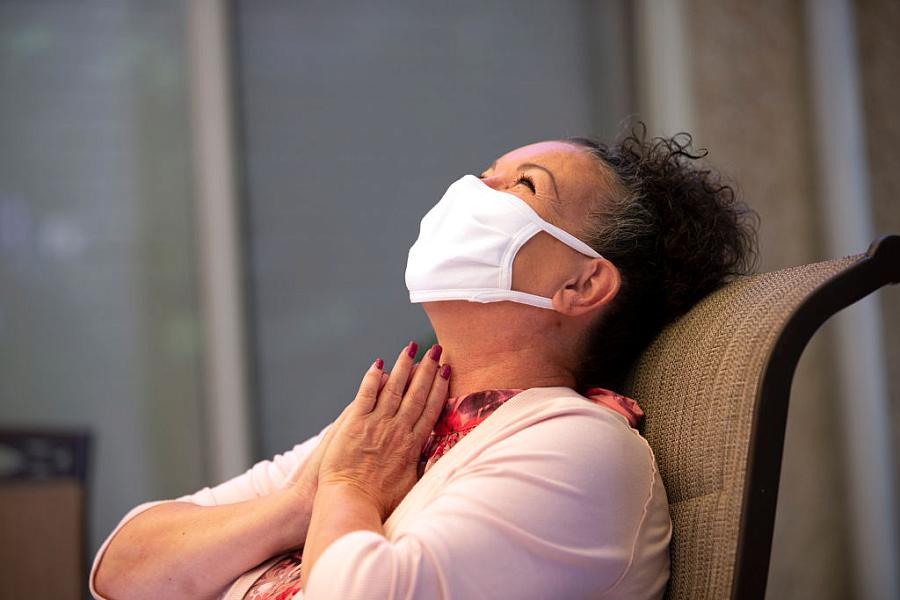The tale of two tragedies. One group gets justice, the other ignored

Photo by Karen Ducey/Getty Images
It may be a cliché to say when one door closes, another opens.
For one group of residents, it didn’t turn out quite that way. The door slammed in their faces and remains closed today, some three years later.
It all started when COVID swept through one Southern California residential building.
That same illness also spread seemingly unchecked in a different residential community in the same city.
Residents died in both buildings, but eight times more deaths were reported in the primarily elderly Asian American building than in the wealthier residence.
Yet calls to investigate the deaths in the predominantly Asian American building have gone unheeded while criminal charges were filed for the deaths at the other facility.
The district attorney filed 13 felony charges for elder endangerment and five felony counts of causing death in that latter case. Prosecutors charged both the management company and three senior managers.
The difference is that one residential building sits in a wealthy neighborhood overflowing with luxury homes and cars. It’s often described as glitzy and glamorous, where stories of the lifestyles of the rich and famous unfold.
The other attracted largely a group of Asian Americans in an area that’s economically depressed in comparison. It’s located in a ZIP code with an 18% poverty rate, according to census figures from the 2022 American Community Survey. Its population is a majority Hispanic ZIP code with 22% Asians and only 9% white.
The wealthier ZIP code is 77% White. Its average household income is $172,000, or $67,000 more than the other ZIP code.
The deaths at both buildings were unacceptable, but critics say those of the wealthier residents seemed to hold a greater value to authorities than the deaths of those of more modest means. So much time has passed that some suspect the statute of limitation has passed on holding accountable anyone who might be responsible for those deaths in the lower-income residence.
Meanwhile, a judge has dismissed the case brought against the wealthier residence, citing a lack of evidence.
A local activist says the decision by the judge does not bode well for residents of either facility.
Here are questions that remain to be answered.
What responsibility does the management company that ran the facility have for the deaths? How about the owners of the facility? What protocols did they put in place to ensure an outbreak would not occur, or what actions did they take to minimize the outbreak once it did happen?
What about government authorities that oversee such facilities? What agency is responsible for enforcing regulations designed to prevent diseases from spreading with such fatal consequences? What policies did regulators have in place and were they followed or enforced?
The coroner has yet to release the names of the victims publicly, but they should not be forgotten. Who are they and what are their stories? These are human lives, not statistics.
The bigger question remains: Why did the case in the wealthier building get investigated but not in the other — is this a case of systematic racism? Is this a case of the wealthy having access to power while others remain on the outside looking in?
The families of the victims and the survivors of the residents would like to know.
These are questions we hope to answer in our five-month investigation, made possible by the USC Center for Health Journalism’s 2024 Impact Fund for Reporting on Health Equity and Health Systems.